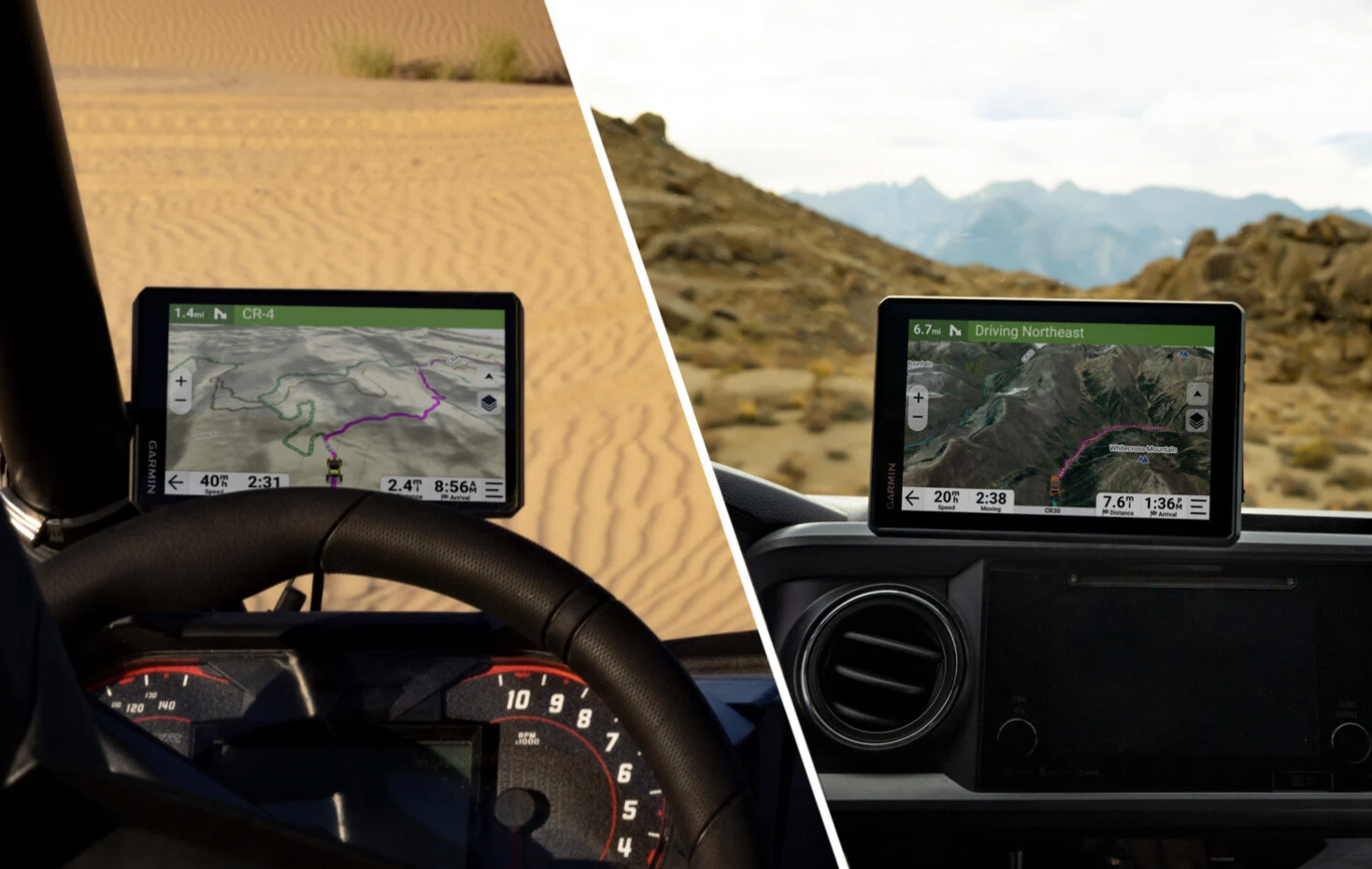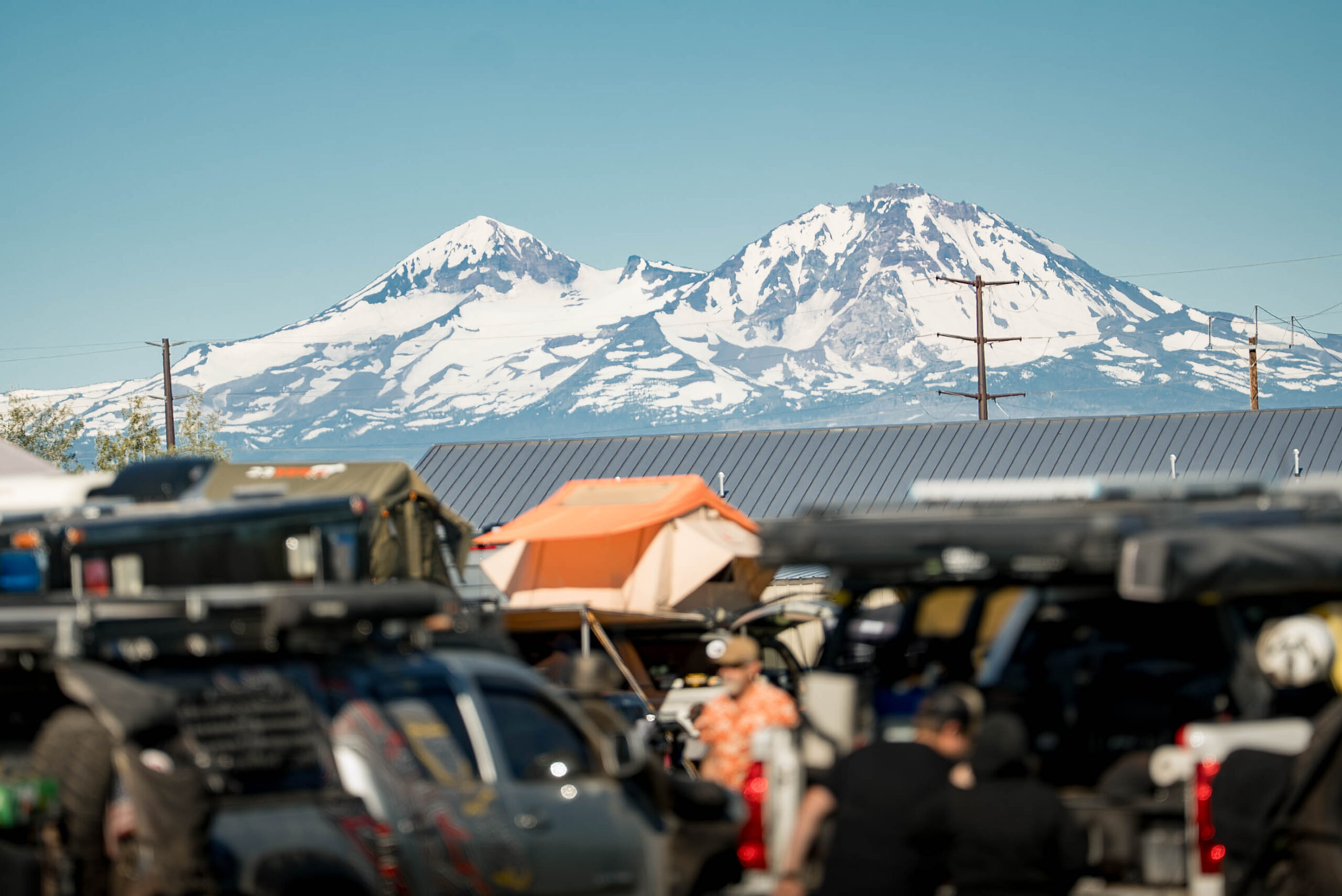While it’s purely subjective, we think it’s safe to say that the majority of the overlanding community appreciates the great outdoors more than those that don’t spend a lot of time in wild places. Regardless if your travels take you to your local public lands or to the other side of the world, it’s always painful to see the beauty of the natural world spoiled by garbage, graffiti, or anything else that has been left behind by some disrespectful individual.
However, we hope that all of our readers, and of course everyone else that recreates in the wilderness, will strive to minimize their impact and, better yet, leave it better than they found it. Below you’ll find some history on the official Leave No Trace principles and how you can apply them to your next overland adventure.
The idea of “leaving no trace” began in the 1960s as outdoor recreation gained popularity. The federal land management agencies developed brochures with catchy titles such as “Wilderness Manners” and “No-Trace Camping,” full of helpful tips on how to not ruin the wilderness while you’re out recreating. The Leave No Trace nonprofit was incorporated in 1994 with a mission of fostering responsibility and stewardship for the outdoors.
LNT’s minimum-impact messages are targeted at non-motorized recreational activities, but we overlanders have a separate set of responsibilities because of our vehicles. As soon as you bring a motor into the mix, the potential to cause problems, impact the land, and reduce recreation opportunities increases exponentially.
The Tread Lightly organization promotes outdoor ethics to address the unique impact of motorized recreation. Started as a campaign to address issues from off-road vehicles by the United States Forest Service in 1985, Tread Lightly leads a national initiative to protect and enhance recreation access and opportunities. With an eye on good stewardship, Tread Lightly’s goal is to balance the needs of the people who enjoy outdoor recreation with our need to maintain healthy ecosystems.
READ MORE: Best Toyotas from Overland Expo Mountain West 2022
Unfortunately, if you’ve been off-roading or overlanding for any amount of time, you’ve most likely seen what happens when people don’t follow the Leave No Trace and Tread Lightly principles and misuse an area until the governing body shuts it down. It’s happened all over the country, and once a trail or area is shut down, it’s rarely reopened to vehicle travel.
Pack It In, Pack It Out
One of the most obvious parts of taking care of the wilderness is not leaving anything behind. Of course, you’re not going to throw your cans in the woods or campfire ring, but when it comes to trash, every little thing counts. Be it bacon grease or banana peels. If you brought it in, you need to take it home too.
Micro-trash is one of the biggest offenders in the wilderness. Little bits of trash can virtually disappear when they hit the leaf litter but need packing out as much as the big stuff. Always take a few minutes to scour your campsite before hitting the road in the morning and make sure your trash, plus the trash from the camper before you, is picked up.
Keep a Dedicated Trash Container
There are plenty of options for gathering trash on the trail. Heavy-duty kitchen trash bags will do the job, but it’s best to keep a stronger container to ensure the litter stays contained if it gets jostled around. There are several options on the market for keeping trash on your spare tire. If you decide to keep it inside your rig, look at the Sea to Summit Trash Dry Sack.
This purpose-built dry sack weighs in at only 3.5 ounces and features a hypalon roll top opening and a daisy chain so it can easily be secured. With such a small packed footprint, there’s no reason you can’t take a trash container like this along.
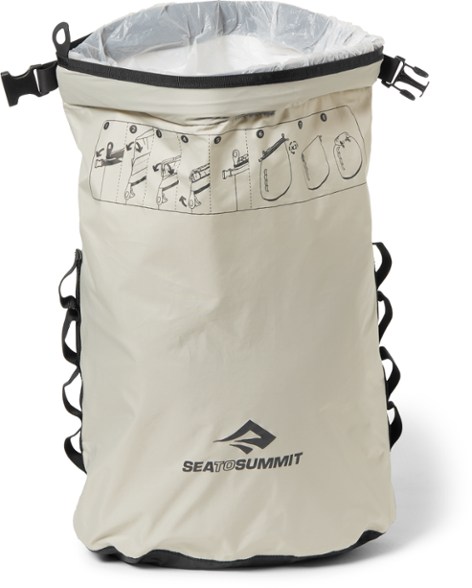
Properly Dispose of Human Waste
Whether you’re running a high-tech incinerating toilet or a trusty trowel, dealing with human waste is an increasing problem in the wilderness. Leave No Trace says that “proper disposal of human waste is important to avoid pollution of water sources, avoid the negative implications of someone else finding it, minimize the possibility of spreading disease, and maximize the rate of decomposition.”
The classic cat-hole is the most widely accepted method for human waste disposal in the woods. However, in some particularly sensitive areas and in areas that receive overwhelming numbers of visitors, it’s suggested to once again pack out your waste.
This process is simplified with equipment like the GO Anywhere Portable Toilet Seat. When used with the GO Anywhere Waste Bags, it provides a sealed bag that’s safe to place in most garbage receptacles once you return to civilization, but check local rules to confirm before doing so.
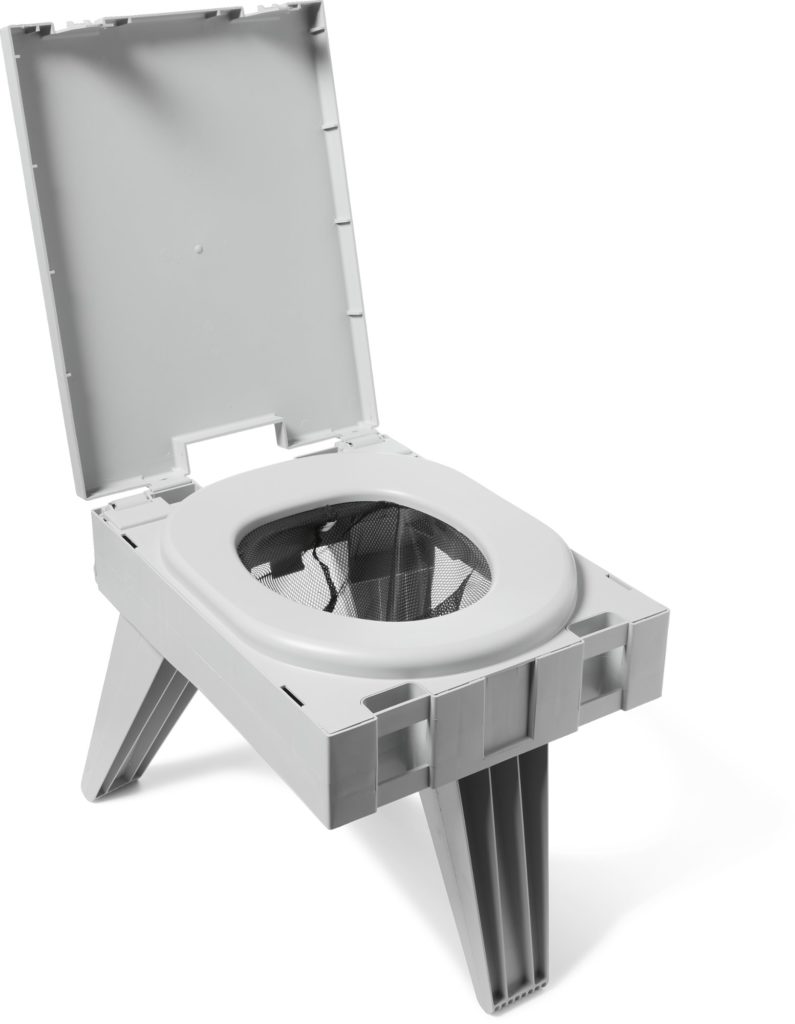
Wag Bags
For particularly sensitive wilderness areas or pit stops in a pinch, keeping a wag bag in your rig is a good idea. Cleanwaste’s GO Anywhere Toilet Kits contain a waste bag, puncture-resistant storage bag, toilet paper, and hand sanitizer. The bags neutralize odors and gels up to 32 oz. of liquids and solids for easy removal.
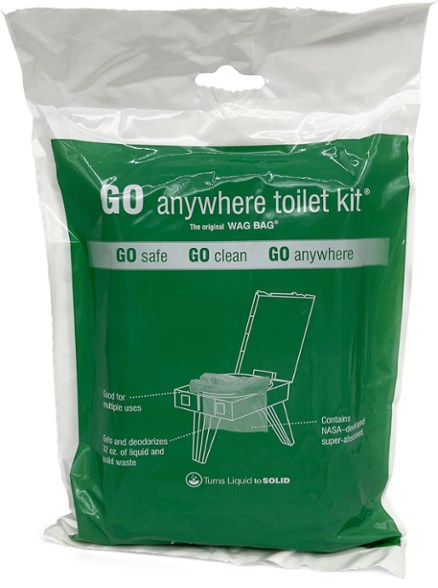
Campfire Safety
Wildfires are no joke. According to Leave No Trace, “Human-sparked fires are the cause of almost 90% of all wildfires in the U.S. and have been shown to burn at more than 2x the rate of those naturally occurring.” That said, a little common sense goes a long way when it comes to minimizing the impacts of fire.
Wherever you’re exploring, make sure to check the local regulations. If a burn ban is in effect, obviously, a campfire is a no-go. That said, even without fire restrictions in place, if you’re in a particularly dry environment, you might want to skip the s’mores and air on the side of safety.
By using a portable fire pit or fire pan, you can minimize the fire scar and the chances of the fire flaring up after the initial burn. The Wolf and Grizzly Fire Safe provides a low-profile metal base that keeps your fire up off of the soil and makes extinguishing your fire a breeze.

Share the Trail
Respecting restrictions and using only trails open to your mode of transportation is essential. Be aware that, in many parts of the country, trails are open and shared by equestrians, bikers, hikers, and motorized vehicles. Trail sharing works when we all respect each other and work cooperatively to keep each other safe.
In shared use areas, there seems to be some confusion about who has the right of way and when to yield. The Forest Service says, “Wheels Yield to Heels” and it is your responsibility to yield to hikers, bikers, and horses when you’re the one driving. A good rule of thumb is to yield the right of way to those passing you from behind (i.e., a motorcycle passing a truck) or traveling uphill. Always use extra caution when the terrain limits your line of sight. Those of us in motorized vehicles need to take extra care around mountain bikes, runners, hikers, and horses.
Travel Responsibly
Riding with a buddy is always a good idea for safety, but off-roading with a dozen rigs becomes exponentially more impactful. If you’re traveling with multiple vehicles, take particular care when selecting campsites and choosing routes over obstacles as to not widen trails or overly impact camp areas.
Meadows, lakeshores, and wetlands are particularly fragile, so keeping on the designated route is especially important when driving through sensitive areas. This protects wildlife habitats and sensitive soils from damage.
Photo: Photo by Uriel Mont
When selecting a campsite, the backcountry rule of thumb is that good campsites are found, not made. Choose a campsite that others have already used, if possible, rather than developing a new one. When you’re pulling into camp, pay attention to the dimensions of your rig and make sure you’re not plowing over foliage or damaging your vehicle.
Get Involved!
There is somewhere in the range of 640 million acres of public land in the United States, and if you’re serious about protecting access for off-road adventuring, one of the best things you can do is to volunteer a bit of your time. Whether you’re doing trail maintenance with your local off-road crew, picking up trash at the trailheads, or signing up for a Tread Lightly trainer course, every little bit of education and advocacy helps!

